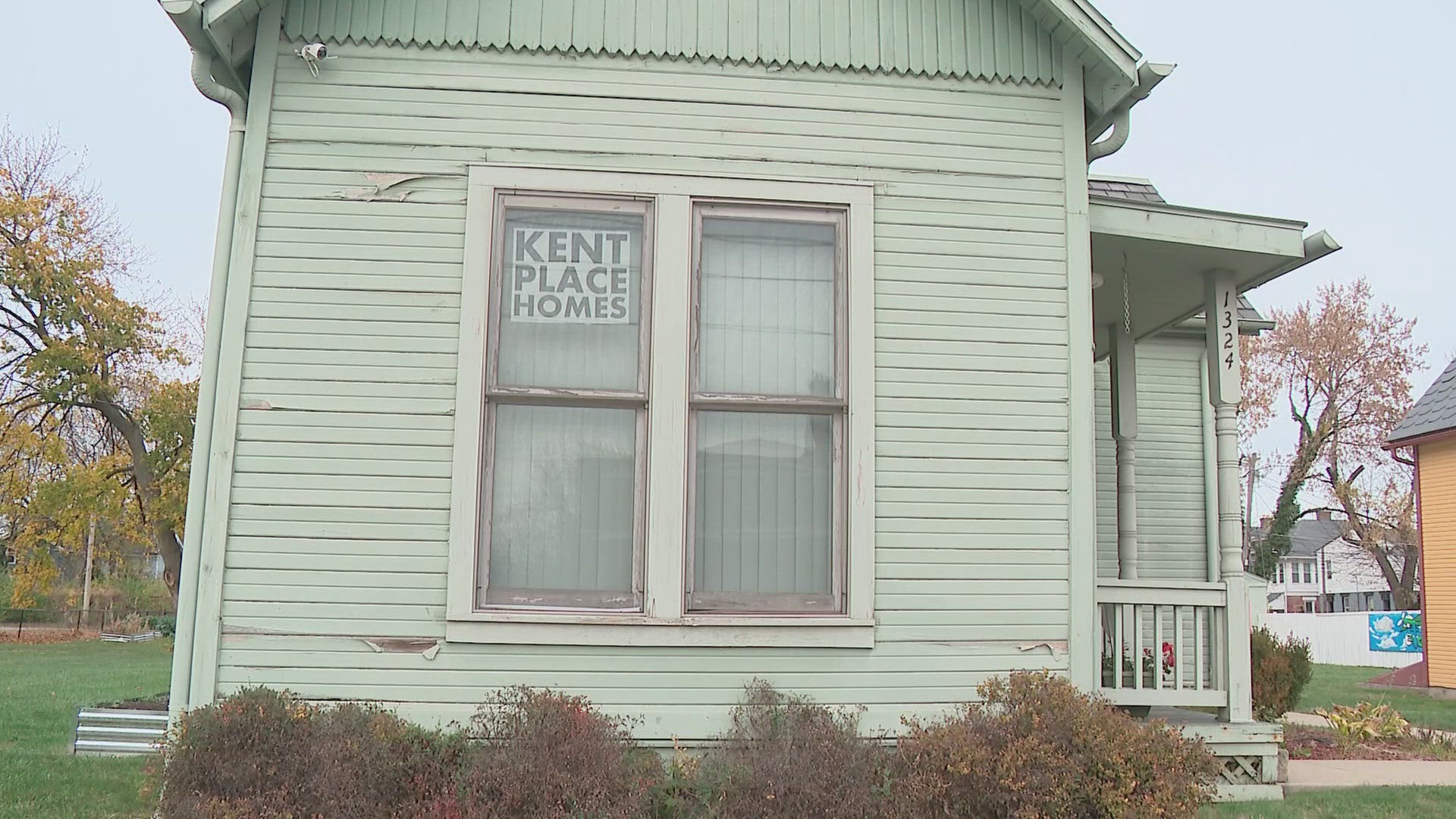Dustin Gulley knows the dangers of inhaling some common household items.
"It's immediate gratification," Gulley said. "It's the most intense buzz I've everhad. It almost makes you go into a blackout where you almost have no idea what's going onaround you."
Gulley, 28, said that one of the items he inhaled was compressed gas from computer keyboardcleaner, one of the newest inhalant drugs of choice.
"I used (computer keyboard cleaner) for 14 years. That's half my life," Gulley said.
There are hundreds of household products that people are using to get high, 10TV's ChuckStrickler reported. They can be found in your garage, bathroom drawer, on kitchen shelves orwithin reach behind a cabinet door.
Both children and adults are finding cheap, easy ways to get high.
"It's almost like a gateway thing," Gulley said. "A lot of people think it'sharmless. It's sold in stores; it's not bought on the street corner. You don't have togo to a drug dealer to obtain it."
The products can produce mind-altering effects and potentially irreversible damage to the brain,kidney and lungs, Strickler reported.
"It's like a staircase. Only this one goes downward because you can only go down fromwhere you start at and you just end up in a pit to where it feels like there's no way to stop usingit," Gulley said.
"It not only can be addictive, but it can cause death pretty readily, even on the first use,"said Paul Coleman, the president of Maryhaven, one of the area's leading drug treatmentcenters.
According to Coleman, most people come to Maryhaven to get help from addictions to illegaldrugs. He said that inhalant abuse continues to be a serious problem, especially with youngerpatients.
Gulley said that when he got older, his favorite substance was the whippet, compressed nitrousoxide in cans of whipped cream.
"I've wrecked a car on whippets," Gulley said. "I went off a curve at 60 mph because I wasdoing this while driving, and had no idea I had wrecked the car until I came to."
Last year, four teenagers were ejected from a car after it crashed south of Mansfield. Investigators suspected that the driver was high after sniffing fumes from an aerosol can.
"The estimates are that kids around the junior high age - like eighth grade - maybe half of themexperimented with these things," said Dr. Heath Jolliff of Nationwide Children's Hospital's PoisonControl Center. "Fortunately, we haven't seen as many kids in Ohio that are continuing toabuse these, but they're still on the radar and we still see cases of them."
According to the National Survey on Drug Use and Health, 17.2 percent of adolescents who starteddrug use in the past year reported inhalants were the first drug they ever used.
In addition, federal studies show more than an estimated one million adults also use inhalantseach year.
Many of them are recurrent, chronic addicts who use them as a replacement to tide them overuntil they get the real thing. Some even fill balloons with nitrous oxide --laughing gas --to get high.
For parents, fighting the problem starts with awareness.
"You've got to watch their friends because that's the No. 1 indicator whether a young personwill use, the friends that he or she hangs with," Coleman said.
Gulley said that he is fortunate he received a second chance. He continues to battle hisaddictions every day.
"I can come back from this," Gulley said. "I was blessed to live through it. No onehad to find me passed out between a bed and a wall. My parents didn't have to put me into agrave."
Some of the signs to look for in inhalant abuse include:
- A rash or discoloration around the nose or mouth.
- Pale, bluish skin.
- Bloodshot eyes.
- A drunken appearance.
Coleman said that knowing the warning signs, asking children questions and informing them aboutthe dangers of inhalants are all key parts in helping to halt the huffing problem.
Stay with 10TV News and 10TV.com for additional information.



